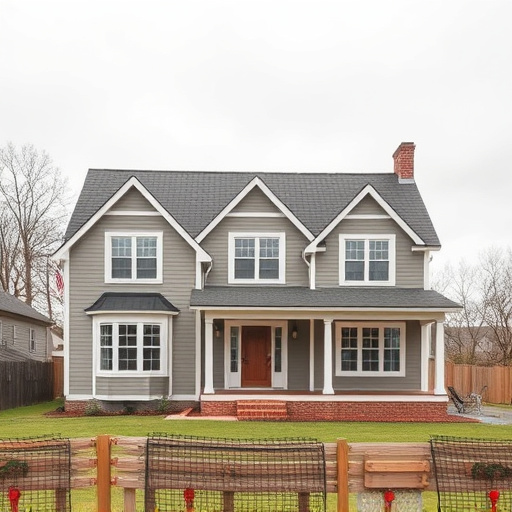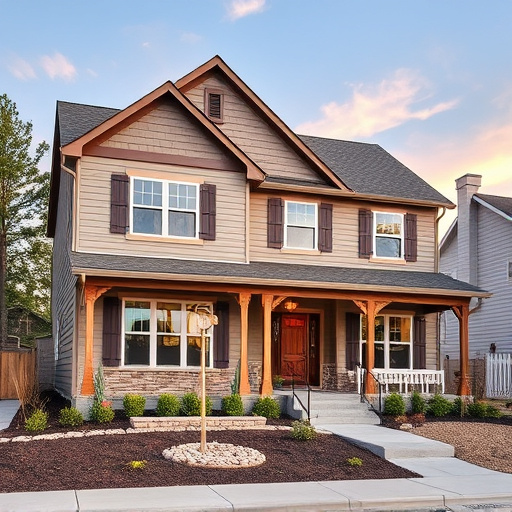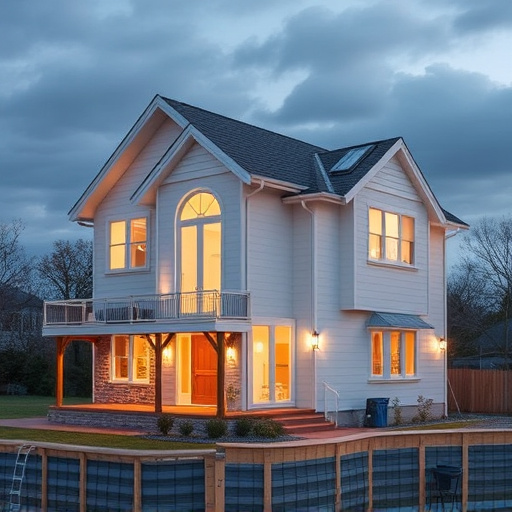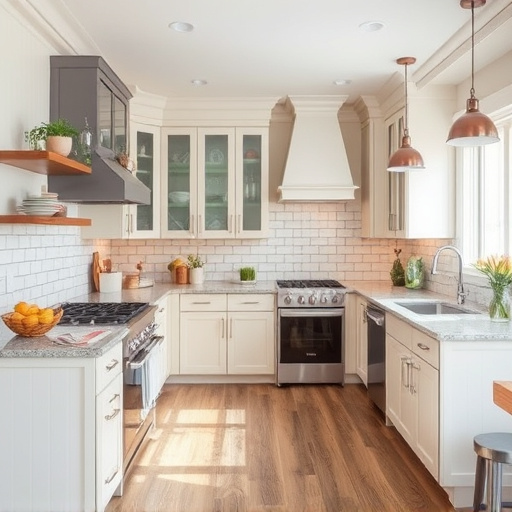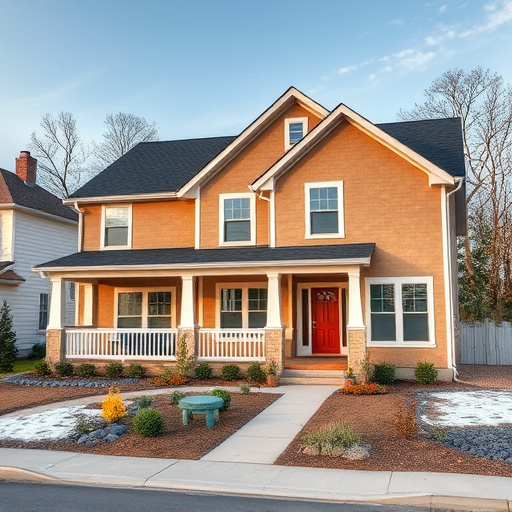Residential builders navigate material cost fluctuations through industry insights, supplier relationships, and adaptive design. They manage volatility by tracking market trends, diversifying sources, and budgeting wisely, ensuring stable projects despite unpredictable costs. Future costs are influenced by technology, demanding builders stay updated on digital tools and emerging materials while maintaining competitive pricing.
Residential builders face a unique challenge in today’s market: unpredictable material cost fluctuations. As the construction industry navigates volatile markets, understanding and managing these changes is crucial for profitability. This article provides valuable insights for residential builders, delving into the dynamics of material costs, offering strategies to mitigate volatility, and exploring future trends driven by technology that could significantly impact pricing.
- Understanding Material Cost Fluctuations in Residential Construction
- Strategies for Builders to Mitigate Cost Volatility
- Future Trends: How Technology Impacts Material Costs
Understanding Material Cost Fluctuations in Residential Construction
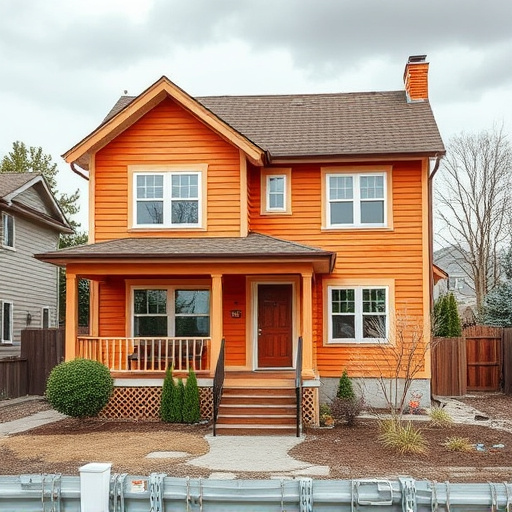
In the ever-dynamic landscape of residential construction, material cost fluctuations are a constant variable that residential builders must navigate. These changes can be attributed to various factors such as global supply chains, market demand, and commodity prices, which all interplay to create a fluid environment. Understanding these fluctuations is paramount for builders to maintain profitability and offer competitive pricing without compromising project quality. Staying abreast of industry trends and closely monitoring material suppliers’ updates enables builders to anticipate price shifts and make informed decisions regarding project planning and budgeting.
For instance, the popularity of specific design elements like kitchen and bath renovations can drive up demand for certain materials, leading to price increases. Conversely, advancements in construction techniques and the availability of alternative materials can also cause costs to fluctuate. As such, residential builders who are adept at interpreting these signals can leverage their insights to provide tailored renovation services, ensuring both cost-effectiveness and high-quality outcomes for clients interested in kitchen renovations or other home improvement projects.
Strategies for Builders to Mitigate Cost Volatility
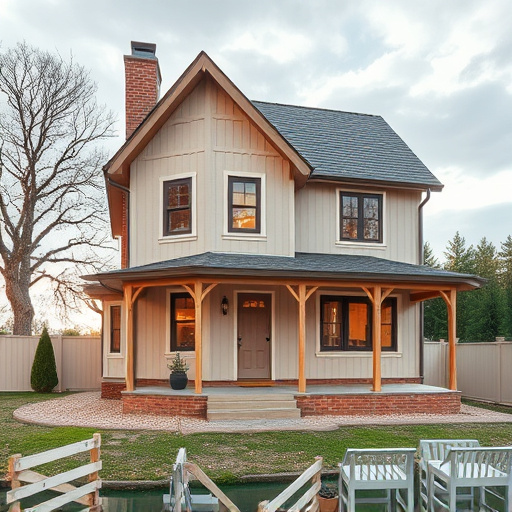
Residential builders often face the challenge of navigating unpredictable material cost fluctuations, which can significantly impact project budgets. To mitigate this volatility, builders can employ several strategies. First, maintaining strong relationships with suppliers and vendors allows for better negotiating power when prices rise, ensuring more favorable terms and pricing. Second, staying adaptable in design plans is key; builders can offer flexible layouts, encouraging clients to consider alternative materials or finishes that may be more cost-effective during specific periods.
Additionally, keeping an eye on market trends and anticipating material shortages can help builders make proactive decisions. For instance, diversifying material sources can prevent reliance on a single supplier prone to price changes. Moreover, having a diverse portfolio of projects allows builders to spread risks, as they can balance the budget impact of volatile materials across various types of residential builds, whether it’s a bathroom remodel, exterior painting, or creating functional spaces within homes.
Future Trends: How Technology Impacts Material Costs
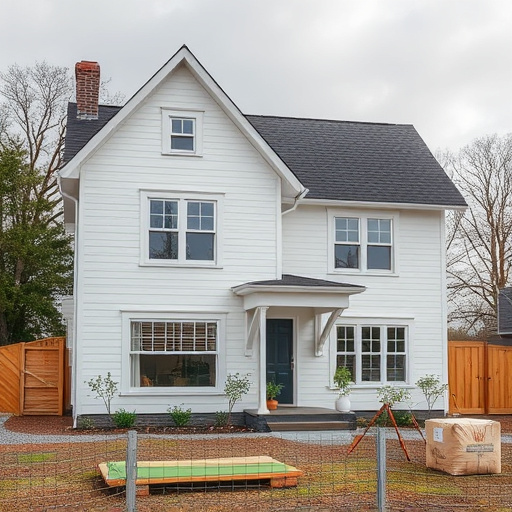
The future of material costs for residential builders is closely intertwined with technological advancements. As technology evolves, it opens up new possibilities for both cost savings and increased expenses. For instance, digital tools and software can streamline the design and planning process for customized home renovations, potentially reducing errors and material waste, which in turn lowers costs.
However, emerging technologies also introduce new materials and methods that may be more expensive. Automated construction techniques, for example, could speed up bathroom remodel projects but might come with a higher price tag due to specialized equipment and labor. Keeping pace with these trends is essential for residential builders to remain competitive and offer high-quality home improvement services while managing budget expectations.
Residential builders face constant challenges due to material cost fluctuations, but with the right strategies and a forward-thinking approach, they can navigate these changes successfully. By understanding market dynamics and adopting innovative technologies, builders can mitigate volatility, enhance efficiency, and deliver more affordable homes. Staying informed and proactive is key to thriving in this ever-evolving landscape, ensuring residential builders remain competitive and cater to the needs of their customers.








